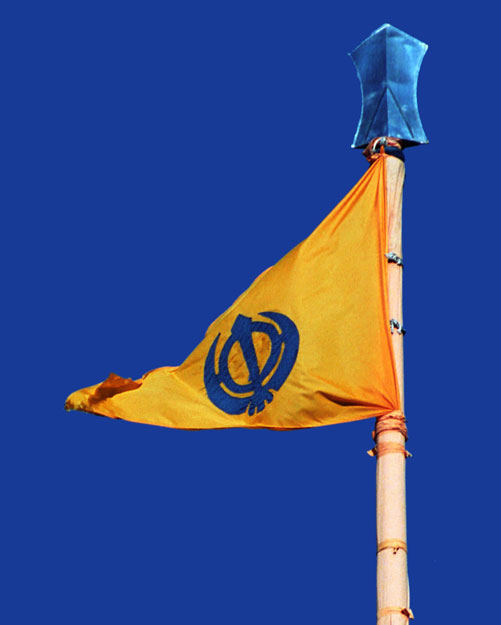NAURANGABAD, village 7 km southeast of Tarn Taran (31°27`N, 74°56`E) along the Tarn TaranGoindval road, came into prominence when during the 1840`s the Gurdwara established here by Baba Bir Singh (1768-1844), reputed for his sanctity, started attracting devotees and pilgrims in hundreds every day. During the crisis that followed the assassination of Maharaja Sher Singh on 15 September 1843, and the entrenchment in power of Hira Singh Dogra and his mentor, PanditJalla, Baba Bir Singh`s dera or seat at Naurarigabad, became a rallying point for protesting soldiers and political fugitives, including such persongaes as Prince Pashaura Singh, Prince Kashmira Singh and Sardar Atar Singh Sandharivalia.

NISHAN SAHIB is the name for the tall Sikh flag which marks all gurudwaras and other religious premises of the Sikhs. Nishdn is a Persian word with multiple meanings, one of these being a flag or standard. Sahib, an Arabic word with the applied meaning of lord or master, is here used as an honorific. Thus Nishan Sahib in the Sikh tradition means the holy flag or exalted ensign. A synonymous term is Jhanda Sahib (jhandd also meaning a flag or banner). The Sikh pennant, made out of saffron coloured, occasionally out of blue coloured, mainly in the case of Nihangs, cloth is triangular in shape, normally each of the two equal sides being double of the shorter one.





